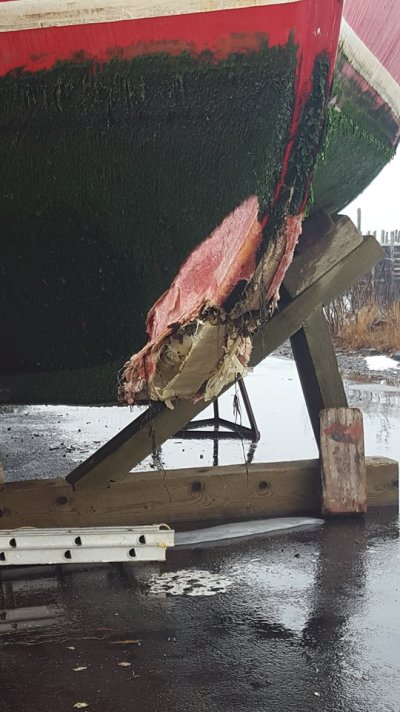Jgutten
Veteran Member
My Mainship 400 was recently on the hard and I decided to take an accurate measurement of the depth of the transducer from the bottom of the rudder, which is the lowest point on my boat.
The previous owner told me that the transducer was 18" from the bottom of the rudder. The transducer is mounted on the port side bottom just under the Racor in the single engine version of the Mainship 400.
I had set the depth finder gauge at 18" relying upon the former owners information. So after measuring the transducer, it's not 18" from the bottom on the rudder. It's 29" from the rudder bottom. I've had the boat for one year and had an actual depth of the boat that was 11" deeper than the depth gauge was set for. Never went aground but I guess I was lucky.
If your boat is out of the water, good time to check the measurements to be sure your depth gauge is set properly.
The previous owner told me that the transducer was 18" from the bottom of the rudder. The transducer is mounted on the port side bottom just under the Racor in the single engine version of the Mainship 400.
I had set the depth finder gauge at 18" relying upon the former owners information. So after measuring the transducer, it's not 18" from the bottom on the rudder. It's 29" from the rudder bottom. I've had the boat for one year and had an actual depth of the boat that was 11" deeper than the depth gauge was set for. Never went aground but I guess I was lucky.
If your boat is out of the water, good time to check the measurements to be sure your depth gauge is set properly.


